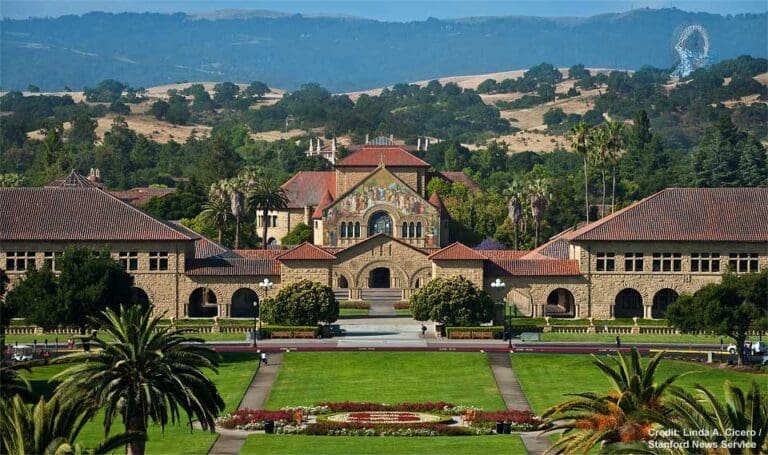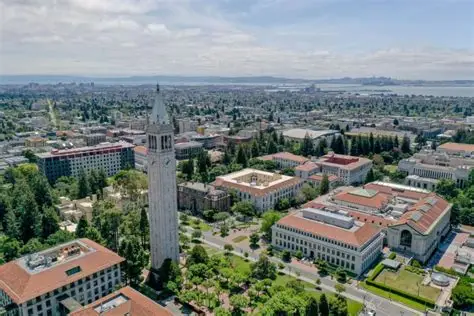
Waitlist Acceptance Rates in Colleges
College admissions is not just a stressful time for students and families, and to top it all receiving a waitlist decision adds another layer of uncertainty. Students ought to remember that a waitlist offer isn’t a rejection—it’s a positive sign that the admissions committee sees potential and, due to limited space, cannot offer you admission at that given time. It is not uncommon for students to receive acceptance after being waitlisted. However, the factors determining this largely depend on each college’s applicant pool and available spots.
In this blog, we’ll break down the waitlist acceptance rates of four top universities and analyze trends.
Boston University Waitlist acceptance rate
| Class Year | Students Waitlisted | Students Who Accepted Waitlist Spot | Students Accepted Off Waitlist | Waitlist Acceptance Rate |
| Class of 2028 | 15,033 | 8,907 | 34 | 0.40% |
| Class of 2027 | 9,643 | 5,899 | 3 | 0.05% |
| Class of 2026 | 14,991 | 8,944 | 1 | 0.01% |
| Class of 2025 | 8,791 | 5,592 | 674 | 12.10% |
| Class of 2024 | 5,235 | 2,987 | 339 | 11.30% |
A closer analysis of the chart clearly shows Boston University’s increased selectiveness towards waitlisted applicants. From a 12.1% acceptance rate for the Class of 2024, it went down to 0% for the Class of 2025, slowly inching up to 0.1% for the Class of 2026. The class of 2024 and 2025 acceptance rate was higher perhaps due to the pandemic, where more students decided to take a gap year while those who did not mind the online experience enrolled. Once colleges transitioned to being offline, the college lowered its acceptance rate. Also, colleges need to manage their yield. Hence if students are admitted, and accept their seats, the the waitlist numbers go down. Homepage | Boston University
Georgia Tech University’s Waitlist acceptance rate
| Class Year | Students Waitlisted | Students Who Accepted Waitlist Spot | Students Accepted Off Waitlist | Waitlist Acceptance Rate |
| Class of 2028 | 5,809 | 4,016 | 60 | 1.50% |
| Class of 2027 | 7,122 | 4,903 | 41 | 0.84% |
| Class of 2026 | 6,613 | 4,916 | 276 | 5.60% |
| Class of 2025 | 6,214 | 4,235 | 853 | 20.00% |
| Class of 2024 | 3,800 | 2,623 | 632 | 24.10% |
Class of 2024 and 2025 tell a similar story that we discussed for Boston University’s acceptance rates due to the pandemic. The subsequent years witnessed a lowering of the acceptance with 2027 being the lowest at 0.84% followed by 2028 at 1.5%. We have to wait and watch how 2029 statistics unfold. With the admission landscape becoming hyper-competitive with each year, one can guess that this year will not be very different from the previous one. While going through the admission figures, one stumbled upon the fact that in 2013 Georgia Tech accepted 92 out of 98 students, and in 2015 it accepted 258 from a pool of approximately 628 students. But that was a different time and almost seems like a different era. Georgia Institute of Technology
Tuft University’s Waitlist acceptance rate
| Class Year | Students Waitlisted | Students Who Accepted Waitlist Spot | Students Accepted Off Waitlist | Waitlist Acceptance Rate |
| Class of 2028 | 2,565 | 1,324 | 200 | 15.00% |
| Class of 2027 | 2,664 | 1,328 | 183 | 13.80% |
| Class of 2026 | 2,664 | 1,328 | 183 | 13.78% |
| Class of 2025 | 2,579 | 1,264 | 0 | 0.00% |
| Class of 2024 | 2,136 | 1,017 | 222 | 21.83% |
Finally, something to cheer about. One sees a college that has an acceptance rate of waitlisted candidates higher than their normal acceptance rate which is 9.5% to 10%. Hence if you are waitlisted at Tufts, give it all you have to make that LOCI an outstanding one. (Not that you should neglect the other colleges. Who knows, when luck shines!) Tufts University
U Miami’s Waitlist acceptance rate
| Class Year | Students Waitlisted | Students Who Accepted Waitlist Spot | Students Accepted Off Waitlist | Waitlist Acceptance Rate |
| Class of 2028 | 21,869 | 7,758 | 215 | 2.80% |
| Class of 2027 | 20,206 | 8,545 | 115 | 1.34% |
| Class of 2026 | 13,095 | 4,643 | 13 | 0.30% |
| Class of 2025 | 11,444 | 3,664 | 781 | 21.30% |
| Class of 2024 | 8,795 | 2,143 | 366 | 17.00% |
By now it is clear that the acceptance rate for the classes of 2024 and 2025 are in no way indicators of the waitlist acceptance rate of any college. Neither are the figures from 2013 or 2014. Those figures have gone down in history and when a book is written on the evolution of the waitlist rates, those will be quoted and used as a shock value to the readers. We do see that the acceptance rate doubled for the class of 2028 from 1.34% for the class of 2027. It is difficult to say exactly the reason why this would have happened. But the cost of attendance rising to $ 97000 cannot be entirely ruled out. University of Miami
Conclusion: What Waitlist Trends Tell Us About College Admissions
Analyzing waitlist data from universities like Boston University, Georgia Tech, Tufts, and the University of Miami reveals a critical reality: securing a spot off the waitlist is becoming increasingly difficult. The sharp decline in acceptance rates at many institutions—sometimes below 1%—demonstrates the importance of having strong backup options and making proactive decisions.








